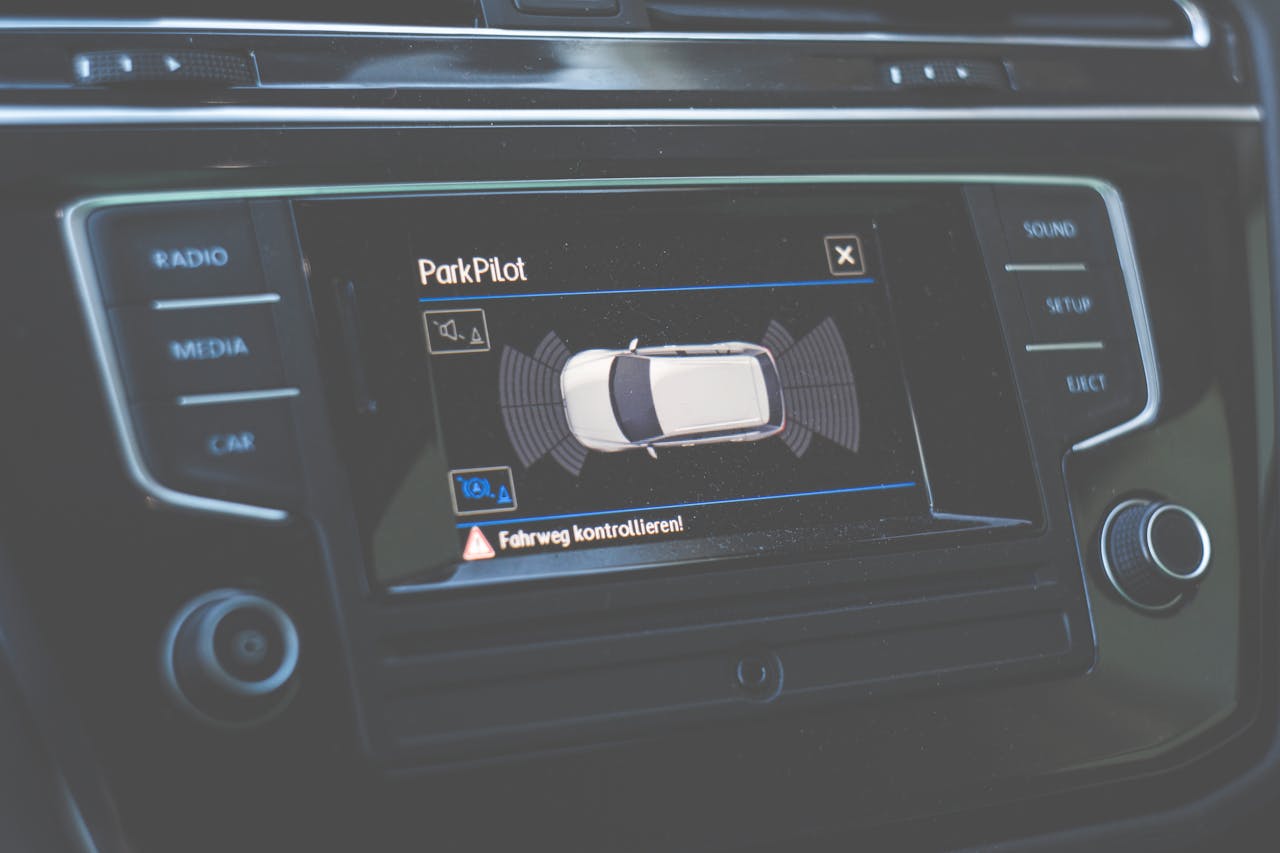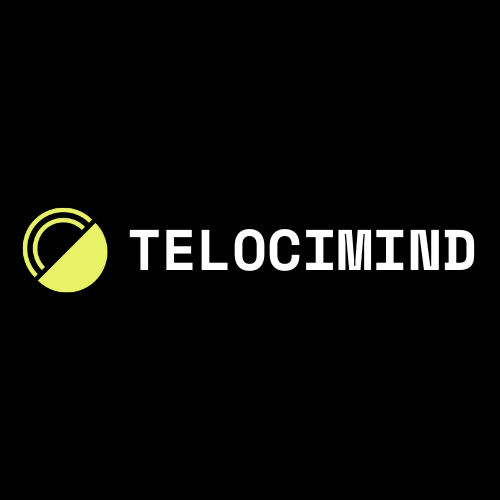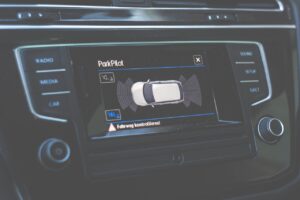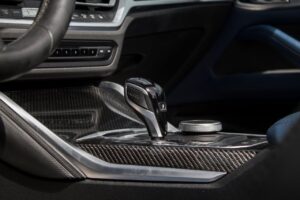Intro
AI is becoming the brain behind modern cars — helping them understand voice, detect risks, and personalize the driving experience. But where should that brain live? In the cloud? Or right inside the car? This is where the difference between Edge AI and Cloud AI matters most.
What’s the Difference?
Cloud AI sends data to remote servers (the cloud), where it’s processed and sent back with a result. It’s powerful, but it depends on internet connection and can take time.
Edge AI does the thinking locally — inside the car — with no need to constantly connect to the cloud. This means faster decisions, better privacy, and smoother performance, especially when you’re in motion or offline.
Why Speed Matters in Cars
Let’s say a driver is about to miss a stop sign. Cloud AI might take a second too long to warn them. Edge AI reacts instantly — because it’s already in the car. In critical moments, that speed can make all the difference.
At Telocimind, we design AI that works at the edge. That means your car doesn’t need to “ask permission” to help you — it just acts, immediately and safely.
Privacy & Personalization
Edge AI keeps data inside the vehicle, protecting the driver’s habits, preferences, and voice from ever leaving the car. That’s a big deal in a world where digital privacy is a growing concern.
Plus, with Edge AI, your preferences stay with you — even without Wi-Fi or mobile data. It remembers your favorite routes, climate settings, and how you like to be spoken to.
The Hybrid Future
We’re not saying the cloud is out. In fact, combining Edge and Cloud can be powerful — using the cloud for long-term updates and learning, and Edge for real-time actions.
But in the fast-paced environment of a moving vehicle, real-time response is everything. That’s why Edge AI is quickly becoming the gold standard for intelligent driving systems.
Closing Thought
The smartest cars aren’t just connected. They’re responsive, secure, and independent.
At Telocimind, we build AI that’s ready the moment you start the engine — no signal required.





